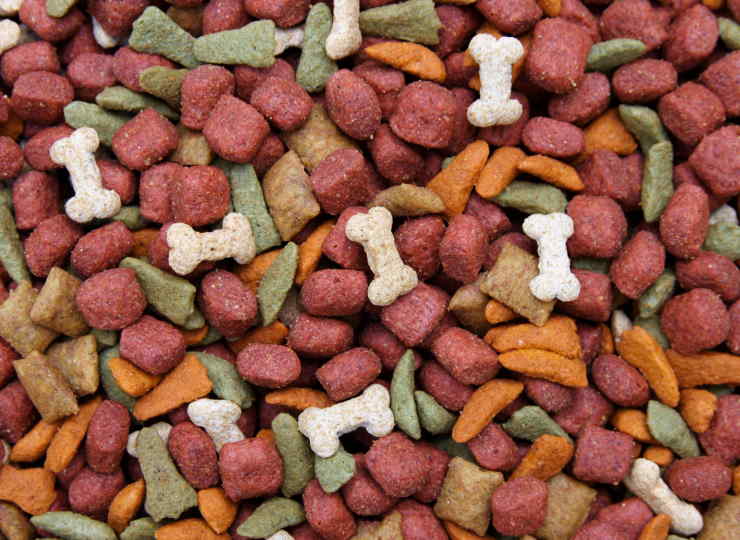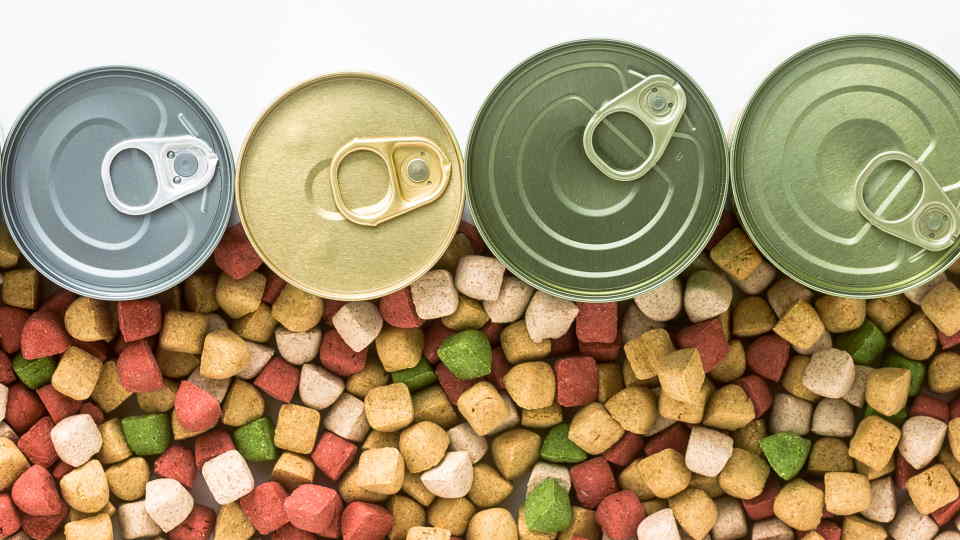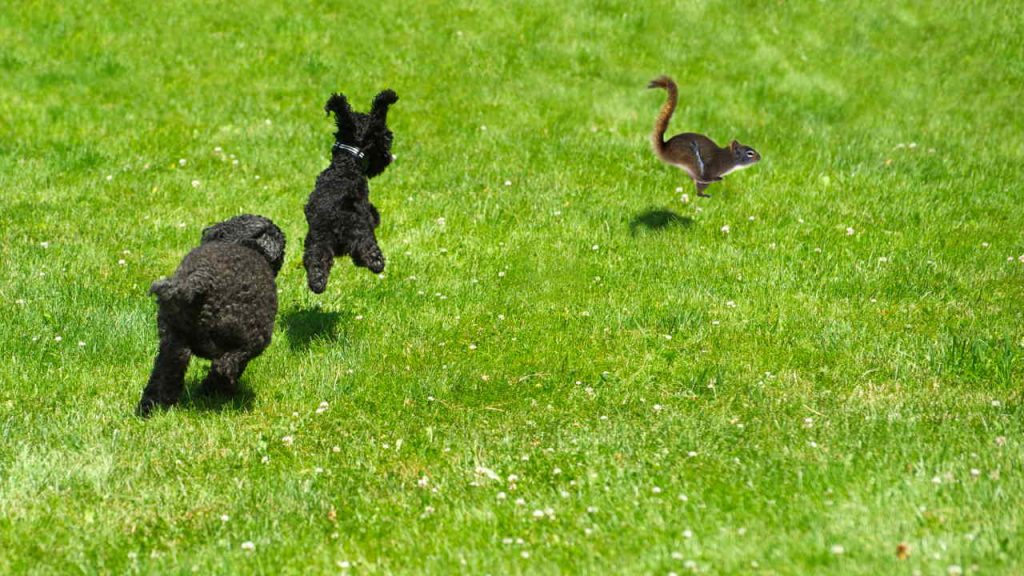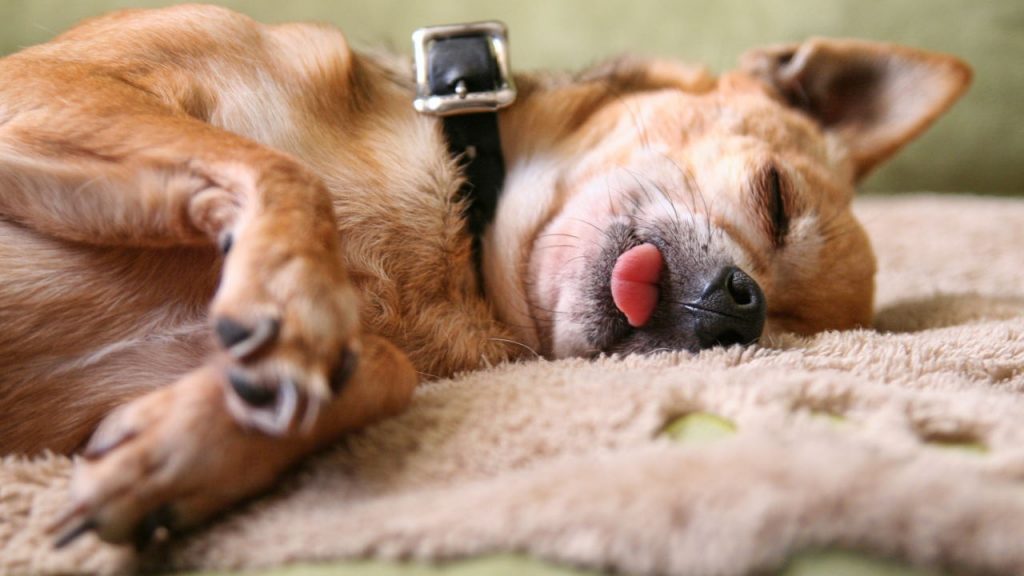Introduction
People looking for a friend for the journey of life know that animals are the best friends. Because they are uncomplicated, they have pure love and innocence, unlike humans. As such, many people adopt animals. Among these animals, dogs are animals which whom we can connect emotionally, making our lives easier and more fun. If you own a dog, you know its health and happiness become more important than ours. Today we will talk about the food of our canine friends.
We will answer the question of what food coloring is safe for dogs while discussing the health of food-dyed foods for our dogs.
Is Food Coloring Safe for Dogs to Eat?
Mealtime is one of the most anticipated moments for our canine friends. Our friends usually have high appetites. These cute pawed friends want to taste everything they see and smell. Since we know our food harms their health, we buy them different kinds of food.
While searching for food for your dog, you may have come across colorful foods. You may have guessed that there is food coloring in dry foods that have colors such as green, red and yellow. When it comes to food coloring, the question of whether it is healthy comes to mind.
As you know, food coloring may be unhealthy. That’s why there are, of course, food dyes that are safe for our dogs. But artificial food dyes should be avoided, and you shouldn’t rely on every natural ingredient. Let’s look at this issue in detail.
Affiliated with the United States Department of Health, FDA, which is responsible for food, dietary supplements, pharmaceuticals, biological, medical products, veterinary instruments, and cosmetics, has approved nine color additives as consumable for humans and animals. These include FD&C Blue 1, Blue 2, Green 3, Red 3, Red 40, Yellow 5, and Yellow 6. Red, yellow, and black iron oxides are not also approved for some uses. These are often found in pet foods.
As an unnatural food dye in our dogs’ food, Carmine from insects, annatto from seeds, and caramel color, sugar heated with alkaline compounds, can not be used for our friends’ food. Dog food with this color is unnatural and harmful.
Can You Add Food Coloring to Dog Treats?

According to a study conducted by the Center for Science and the Public Interest in 2010, it was stated that food dyes could cause problems such as cancer, allergies, and hyperactivity in children and pose a risk to human health.
Of course, this is not the case with FDA-approved paints. If you want to use a natural color addition in dog foods, be sure to research specific ingredients first. It will not be inconvenient to use FDA-approved color dyes. But instead of buying these products with food coloring, you can add them by yourself at home. How is it?
With naturally colored materials, you can prepare harmless, homemade dog food instead of buying colorful harmful foods for our pawed friends. Fruits and vegetables are a source of color as well as being delicious and healthy. Almost every color is found in fruits and vegetables. For example, foods such as blueberries give purple tones, while fruits such as cherries and grapes give red tones. In this way, you can add your natural and harmless colors to our friends’ food.
It is obvious that such vegetables and fruits will create a beautiful feast of colors.
Of course, the colors will not be the same as in food coloring. The amount and mixture used for this have an important place. You can easily find the color tones that you want by doing detailed research on them.
Let’s not forget that your dog focuses more on the food’s smell, not its color. Only people focus on colors. Don’t be discouraged by what we’ve said, just remember that the color in the food only attracts you, and you will make more conscious choices for your friend. You will also be aware that you can make healthier and more colorful foods.
Is Wilton Food Coloring Safe for Dogs?
We examined some food colorings which are harmful and harmless to our dogs. Apart from that, we will also touch on Wilton food coloring.
Actually, the answer to this question is very simple, starting from the above. Wilton food coloring is not harmful to our dogs if FDA-approved colors are used while obtaining the colors. The important thing is that these harmful colors are not used. But there is a situation where chemicals are used in the production of Wilton colors, as in every product. Unfortunately, it is a controversial issue how natural the content is. But if you don’t mind that the product is unnatural, Wilton food coloring would be the right choice.
In addition, no matter how safe the food dye is, our cute pawed friends may be allergic to these dyes. If your friend is allergic to the chemical in these paints, his health will be badly affected. Therefore, it would be better to be in contact with your veterinarian when choosing foods that give color in this way.
With the Wilton food color gel-based version, you can choose from 12 different colors and add them to your friend’s food. This food coloring is made in the USA. It is not used as a publication. In general, it has not been observed that people have a problem with this paint. But we are always aware that unnatural ingredients are somehow harmful. So this also applies to our canine friends. As mentioned above, you can obtain colors from natural products instead of dyes and chemicals.
After all, colors obtained at home will be more natural and healthy. We should be more careful and selective with our canine friends about colors. Although every Wilton food coloring product is not harmful to health in terms of the color it creates, it has harmful chemicals in other matters.
What Dyes Are Bad for Dogs?

What do you think if we answered the question, “What food coloring is safe for dogs”? So, let’s take a closer look at which dyes are harmful to dogs, shall we?
We have mentioned that food dyes are harmful to human and animal health (except for some). Studies have shown that caramel color, Blue 2, Red 40 (a prevalent coloring matter), and Yellow 5 and 6 are carcinogenic and cause allergy-type symptoms in humans and animals. These dyes are used extensively in pet foods.
Especially caramel color is a carcinogen for animals. Blue 2 causes brain tumors and allergies, while red 40 causes other problems in long-term use. Yellow 6 also causes skin problems, while yellow 5 causes hyperactivity and aggression. In short, these dyes we have mentioned both cause many problems and could cause cancer.
In addition, the red color in dog foods is obtained by drying and crushing cochineal insects. The resulting color is immersed in an acid solution that produces the bright red dye. But the problem is that research has revealed that this color causes food allergies in some people who are sensitive to carmine insect proteins.
For example, factory workers working in carmine production also have asthma. When this is the case, it is obviously harmful to your friend. In addition, the colors we mentioned above look for a place in most dog foods.
These colors cause behavioral problems when consumed too much by our friends. These colors, which are included in the foods of our cute and pawed friends, are, unfortunately, a cruel trick the capitalist system plays on us. We recommend that you read the contents of the foods you buy to stay out of this game and offer a healthier life to your travel companion. No matter how beautiful the images are, we should say health first.
Why Is There Food Coloring in Dog Food?
We have seen together how harmful the dyes in dog foods can be. So why are they still used when we seem to hear you say these colors? As we have always mentioned in the above titles, the colors in these products mean nothing.
Many people think this is because dogs are colorblind. But that’s not the case. First, dogs are not colorblind. They see colors more faintly than people. Secondly, our canine friends are attracted to the smell and taste of food. Color means nothing to them.
Do you think dogs try to put their mouths on everything they see on the street by the ability to distinguish color? Of course, they don’t. But we, as pet owners, tend more towards colorful and different things. And we believe in this illusion. We think about playing with this perception that perpetuates the capitalist system.
Because there are thousands of dog food brands, what distinguishes these brands from each other is now very limited. Because we have thousands of options in different tastes and aromas, among these options, colorful and different shapes attract our attention.
In addition to these, food dyes make dog foods look better. Because the appearance of these processed foods may look different and their colors may change, adding these dyes ensures that each batch is the same color. These dyes, which do not provide any benefit as a food nutrient, are just a deception.
Do you need this? Surely the answer to all of us must be no. Be sure to choose something colorless but reliable for our friend, it will not make your dog unhappy. Your dog’s health will make you happier than a colorful and harmful food.
How Do You Make Colored Icing for Dogs?

As dog owners, we have mentioned that if you still do not want to give up colors, you can turn to produce colors with healthier methods. You know you can make these through fruits and vegetables, too. Well, it would be better if we take a closer look at this issue. In this way, we say no to food dyes and make our friends’ colorful and healthy food.
Since we’ve answered the question of what food coloring is safe for dogs, we also presented how to produce these colors.
You are looking for red pepper, beet juice, and turmeric. These are both healthy and intensely colored products that you can use as an alternative to fruits and vegetables. You can easily use it in the food you will prepare at home for your friend. Unless, of course, your friend is allergic to one of these products.
You can also easily color their food with the icing method. Icing has a high protein, sugar-free and fat-free structure. In this way, you can make your friend’s food colorful without worrying about your pawed friend’s teeth and weight.
Using dog food cream is both a fun and healthy way to spice up your homemade dog food. Thanks to its hardening and holding properties, everything from dog treats to daily food becomes colorful. Make sure that the food is dry when using the icing method because icing will harden easily, preventing you from catching the image you want. In addition, it is very practical, there is no problem in freezing the foods made with this method.
Conclusion
In this article, we answered the question of what food coloring is safe for dogs. Food coloring has an important place in our lives. Although they are products that create a feast of colors in the foods we eat and help us with interesting designs, they are not as colorful as they seem in terms of health. On the contrary, if food coloring were a color, it would be black because these products are carcinogenic products except FDA-approved ones.
These products, which are carcinogenic to us, are, of course, also included in the foods of our little friends. It harms their health without us even realizing it. When this is the case, we need to look at the content of the foods we buy for our little friends and stop buying products containing unapproved food dyes. As an alternative to these food dyes, there are many ways you can easily add color at home. We wish you to make the right choices, especially about dog food, and to protect your loved ones.




